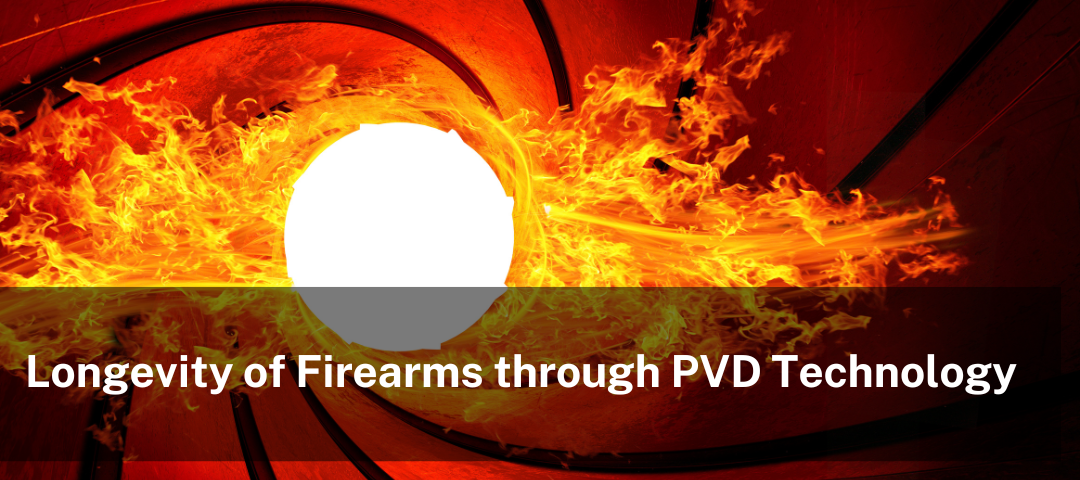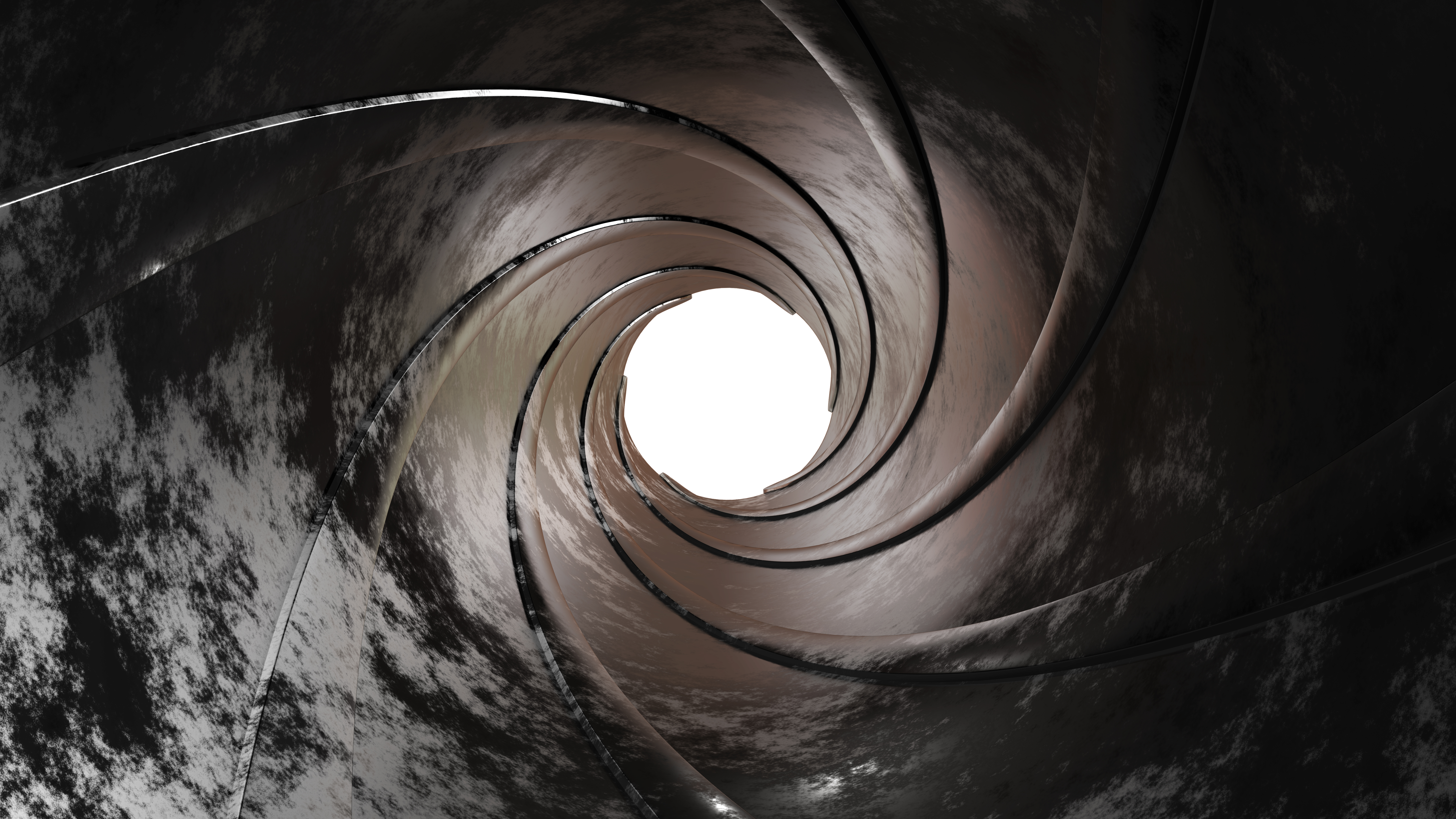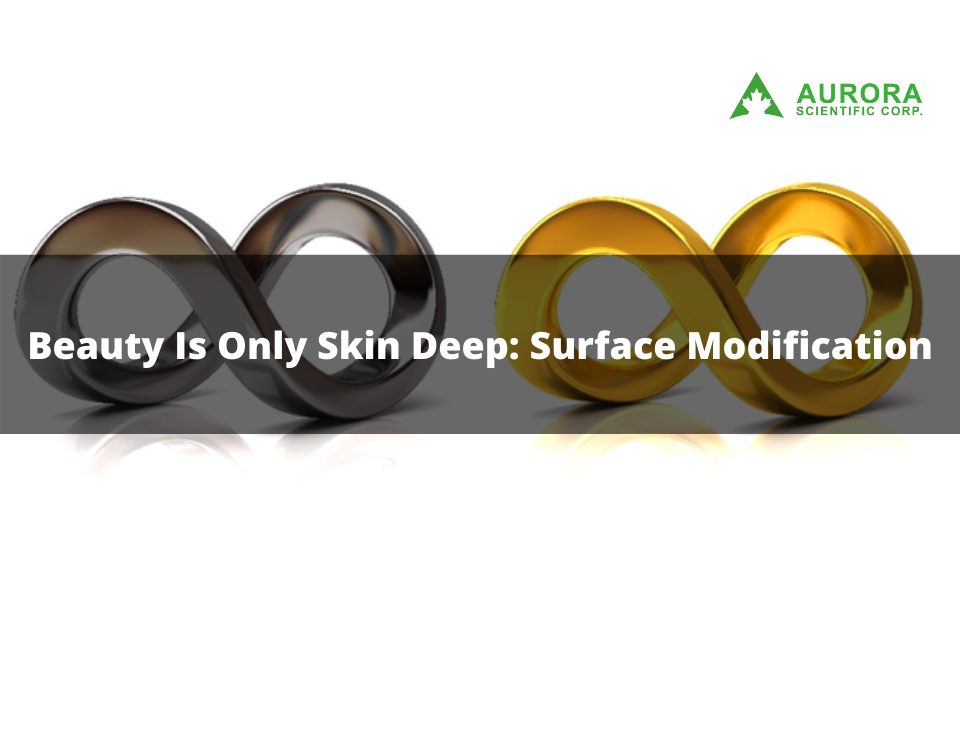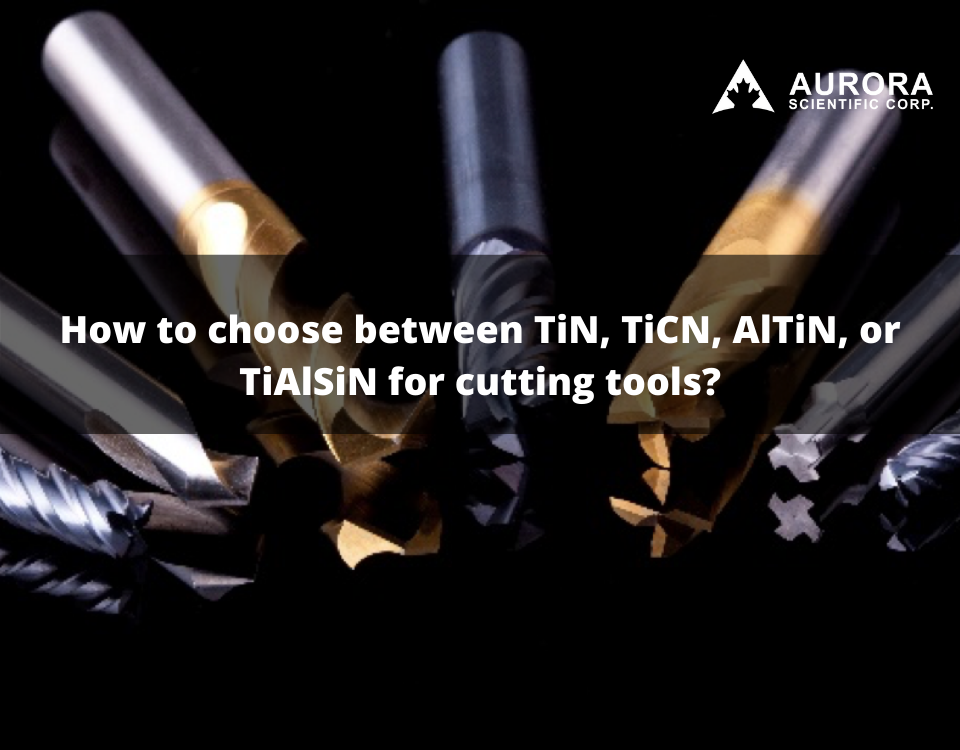- Have any questions?
- +1.604.207.0633
- info@aurorascicorp.com

PVD Coating for Hip Implants
April 5, 2023Introduction
Firearms are intricate machinery aimed at delivering projectiles through a firing mechanism. From a mechanical point of view, all the moving parts of firearms affect the safety, accuracy, and durability through a single or a combined phenomenon of wear, tear, and oxidation. For years, firearm users have tried a variety of material selections and treatment processes to enhance the functionality of shooting. PVD (Physical Vapor Deposition) technology emerged from the cutting tool industry and finds its way into the firearm sector with its superior wear and corrosion resistance.Origin of the Firearm Failure
On AR-15 or similar rifles, when the trigger releases the firing pin and strikes the primer at the bottom of the cartridge, the ignited gunpowder pushes the bullet through the rifled barrel toward the target. In the meantime, the gas block closest to the muzzle intercepts a small portion of expanding gas and routes them back to the BCG (Bolt Carrier Group) chamber, and drives back the BCG, the BCG pulls out the spent cartridge casing on its way back, releases the gas, and finally moves forward to the firing position again with the push of the buffer springs. The entire cycle of actions occurred in the blink of an eye. The interaction between moving parts created the variety of gun failures that we frequently observed.1. Friction
Whenever the gun parts move, there is friction. For metals, friction is primarily an action of interlocking micro-asperities between two coupling surfaces.When the expanding ammunition gas pushes back the BCG, the three gas rings on the circumference of the bolt serve to retain the gas pressure needed to drive back the BCG and pull out the casing. The gas rings are constantly rubbing against the inner surface of the bolt carrier body and eventually wear out. A low friction-coefficient coating on the gas rings and the inner surface of BCG will help reduce the wear from friction and keep the gas seal tight.
Another example of a frequently observed gun failure is the chipping and breakage of the cam pin used to turn and lock in the new cartridge in the firing chamber and the lug and lug seat used to secure the cartridge in the firing chamber. The chipping and breakage of the cam pin and lug teeth are oftentimes caused by metal fatigue resulting from the excess friction during the repetitive rubbing action. Low friction coatings can help reduce the unexpected cartridge jam.
2. Wear
Wear is a phenomenon of material removal due to mechanical or electrochemical processes.One example is the trigger-sear-disconnect firing mechanism, which requires tight tolerance to regulate the firing correctly, especially in the semi-auto and auto-shooting modes. With repetitive catch-and-release actions, the accumulated wear will cause misfiring and poses a danger to shooters. Another example of common wear in firearms is losing the range and accuracy of bullets due to excessive wear inside the gun barrel bore. In this case, hot corrosion and sudden pressure due to the gunpowder ignition accelerates the wear process significantly. Once the bore dimension expands and is filled with oxidation pits and surface ruptures, the shooting efficiency drops, and the barrel becomes unstable. To cope with gun wear, an ultra-thin and super-hard conformal coating with strong substrate bonding is needed.
3. Lubrication
It is a common practice to apply lubrication to reduce the friction and wear of firearms. However, in a dusty shooting environment with gas-driven bolt action, the most commonly used liquid lubricants attract dust, debris, and nasty chemicals from the gas system. Then, the thin layer of lubricant turns into an abrasive media to enhance the wear and corrosion of the gun parts. Typical examples are the lubricated gas key, the firing mechanism, and the BCG. Other than a well-exercised cleaning protocol, an ultra-thin solid lubricant coating may resolve this issue.Protection of Gun Parts
A variety of choices at different costs, functionality, and appealingSurface Treatment/Conversion Coating
A great bonding at a low price with moderate wear-resistanceNitriding is one of the oldest techniques for gun parts enhancement, which is a metallurgical surface treatment to create a hardened surface by diffusing nitrogen into the surface to form a metal-nitride skin. The advantage is the low cost and uniform coating on the outside and inside of the gun parts, including the barrel bore. This technique has been adopted by both military and civilian firearms manufacturers. A major disadvantage is that dimension control is needed for post-treatment working for tolerance. The high-temperature nitriding process also posts a negative impact on dimensional distortion and brittle structural failure.
Bluing, a common economic process, is applied by oxidizing steel gun parts to create a wear-resistant black oxide on the surface. Frequent oiling is still required to provide proper corrosion resistance.
Spray-On Coatings
Powder or Slurry Coatings with great cosmetic effects and a small degree of surface hardness enhancement can be achieved by varieties of spray-on and bake-in types of coatings with multiple color schemes to choose from. However, for tolerance control and friction or wear reduction, we might need to look for stronger coating options. Environmental burden is another downside of spray-on coatings.Plating
Based on electrochemical reactions to deposit coatings with moderate wear and corrosion resistance but left with a typical environmental issue of waste management and needs reworking to bring tolerance back.Chrome Line has been used extensively on gun parts. A high-density layer of hard chrome plating is deposited through an electroplating process. The end product is a wear- and corrosion-resistant coating on and possibly inside of the internal parts’ surface, but the hexavalent Cr waste disposal is a big issue affecting the future of the chrome line process.
Phosphating/Parkerizing is a metal-phosphating process that creates a hardened surface coating surpassing black oxide with a self-lubricating property for corrosion control but at a higher cost. The phosphate surface is rough and porous. It provides a non-glare surface, but frequent oiling is still required. The disadvantage of the phosphating process is the limitation to certain grades of steel parts. Parkerizing on stainless steel or non-ferrous gun parts is difficult.
Nickel Boron (NiB) coating is an autocatalytic plating process. The electroless deposits a relatively thick Ni-based coating with enhancement of B for improved hardness and corrosion resistance. Regrinding is usually needed to trim back the excess deposition on critical positions.
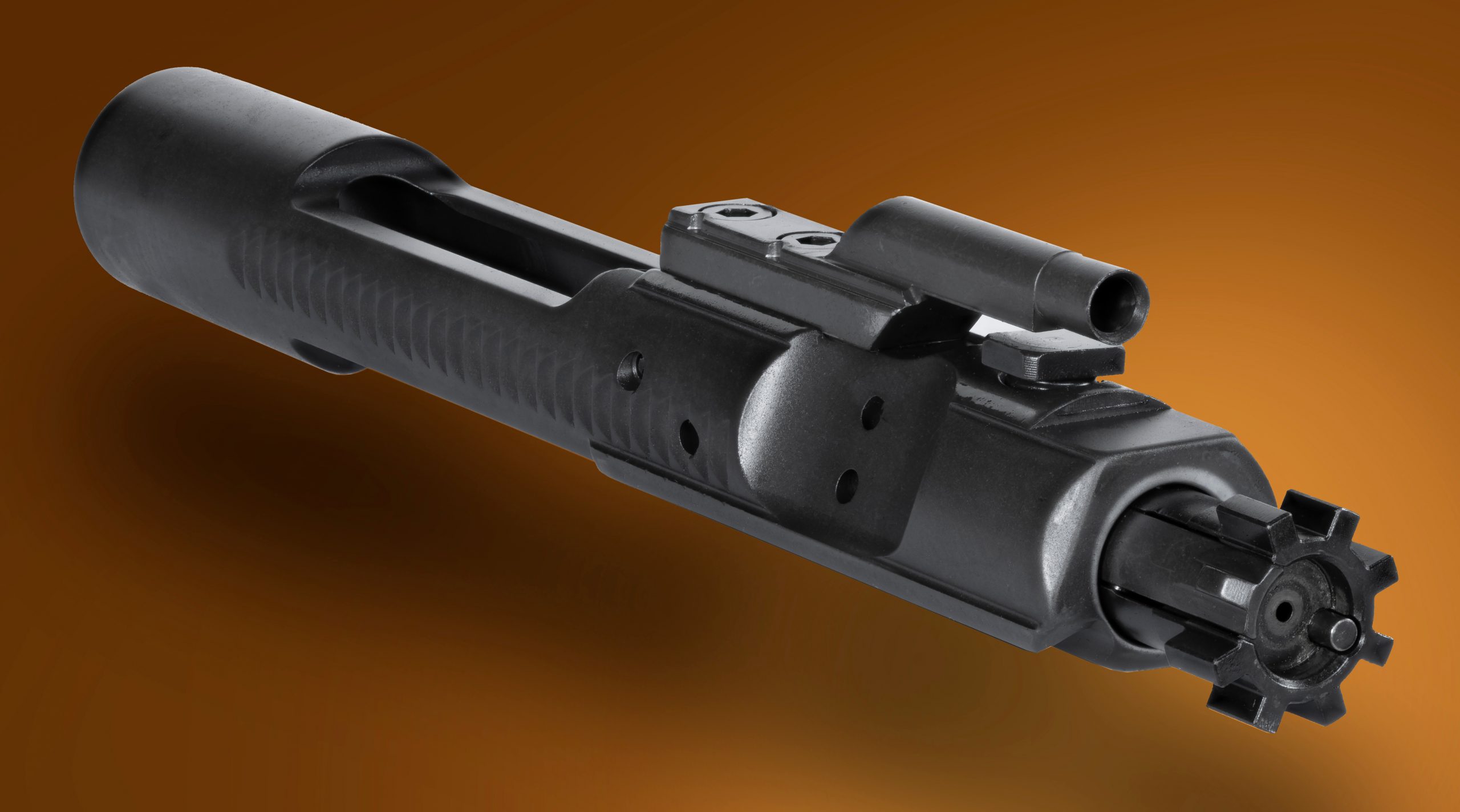
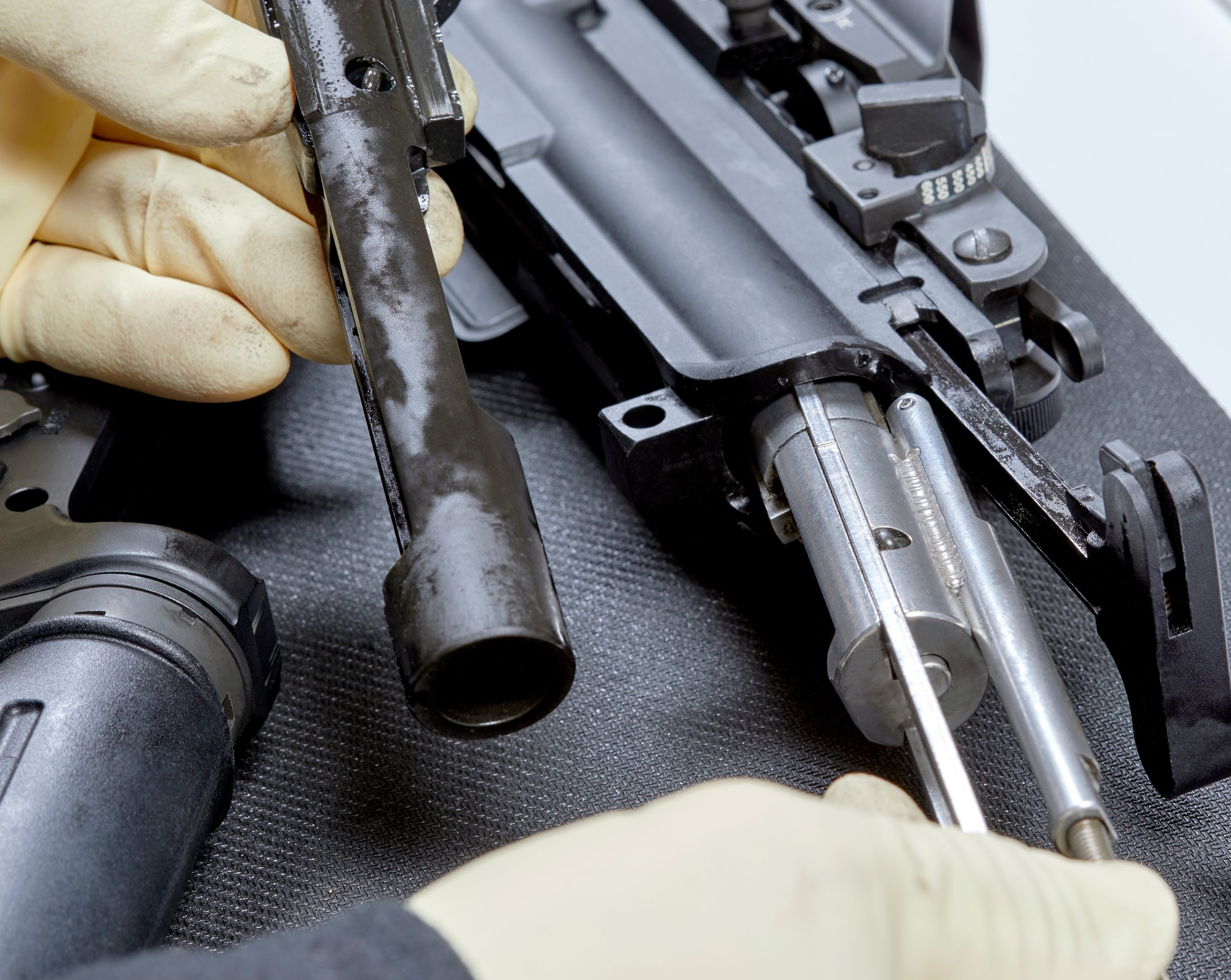
Vacuum Plasma Technology
A new kid on the block in surface protection with extremely high hardness and corrosion protection, if the process is done correctly.PVD is a coating technology commonly used in the manufacturing industry for enhancing the service life of cutting tools, forming dyes, and wearing components. The PVD coatings, such as TiN, TiAlN, TiSiN, provide a surface hardness of gun parts much higher than by the above-mentioned processes. The low friction coefficient of PVD coatings, especially the CrN-based thin film provides excellent sliding-wear resistance to prevent gulling or carbon fouling, which causes unexpected jams during prolonged shooting in dusty environments. Another major advantage of the PVD coating is its micron-scale coating thickness, which makes the coating compatible with the high tolerance requirement of the gun parts. The apparent disadvantage of higher processing costs can usually be justified by the functional enhancement, longevity, and aesthetic appeal of your firearms.
DLC (diamond-like carbon) Coating belongs to the same category as PVD coatings but stands out for its extremely low friction coefficient and appealing black color. This super coating can be deposited by laser ablation, magnetron sputtering, plasma-enhanced CVD, and vacuum arc deposition. It is a well-documented process in cutting tools industries with unique applications in low-friction components, low-sticking forming dyes, and machining of non-ferrous and hard-to-work materials. The complexity of the formation mechanism of DLC coatings oftentimes leads to questionable quality issues from different suppliers. In other words, PVD and DLC coatings are not created with the same quality, but it is the trend for the next-generation surface finish of firearms.
Aurora Scientific Corp. has been providing top-notch PVD and DLC coating machines to varieties of industries worldwide. Our 30-year experience in PVD coating service acts as the backbone of the best PVD system you can count on. We deliver the most advanced, yet affordable PVD/DLC machine for your in-house processing. Our technical team will guide you through all your technical needs.

